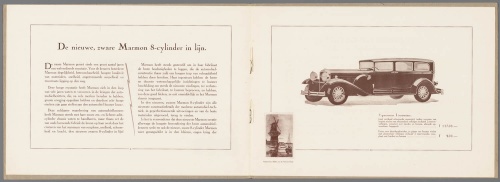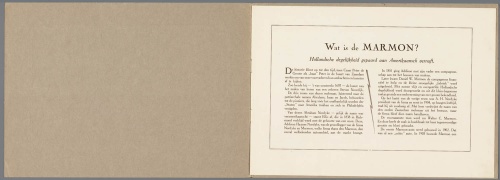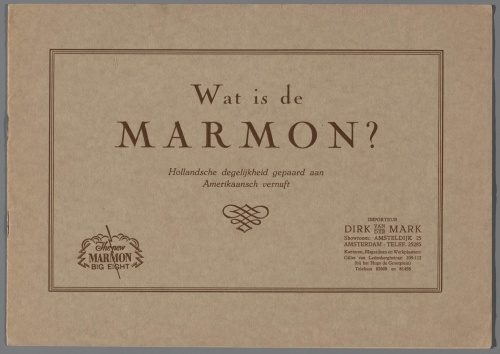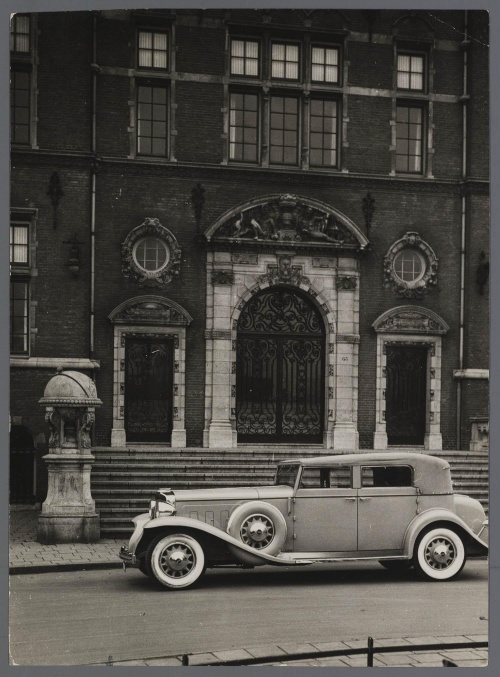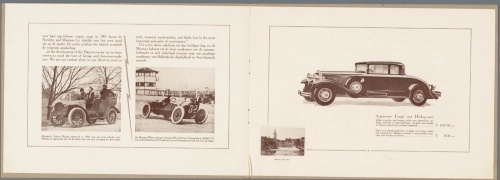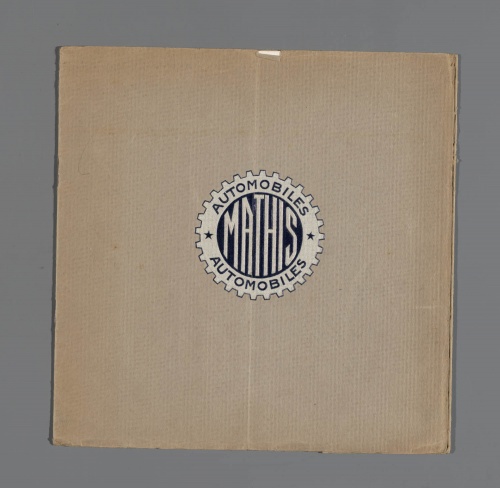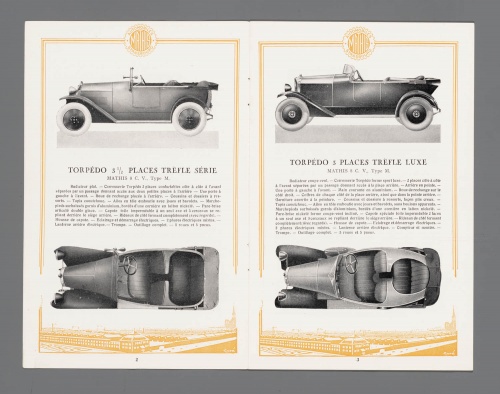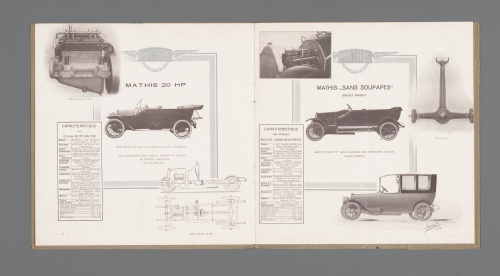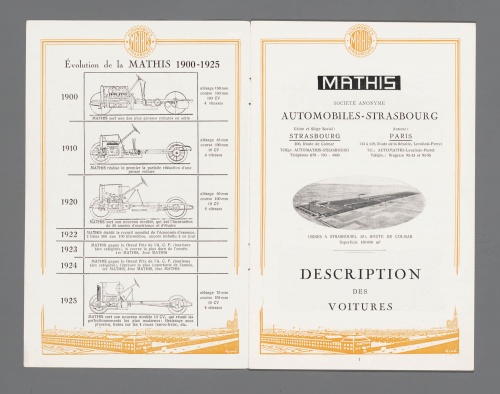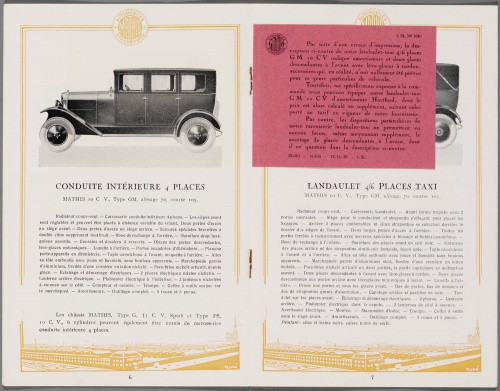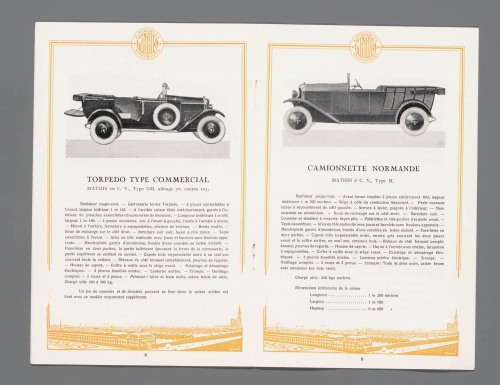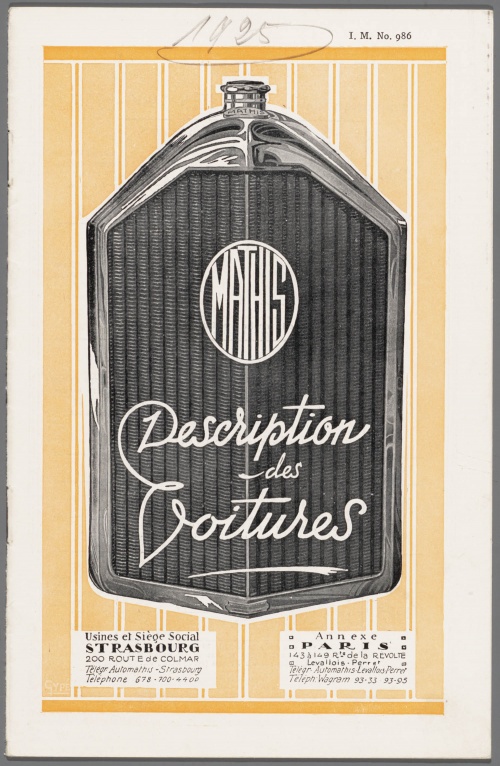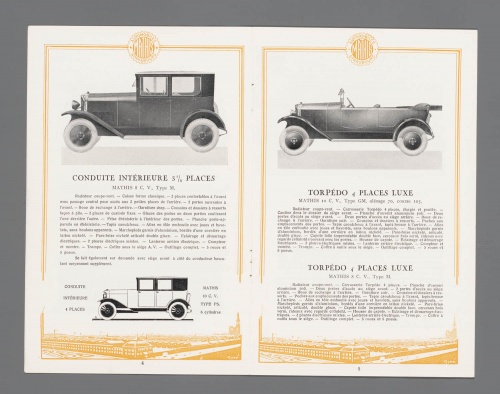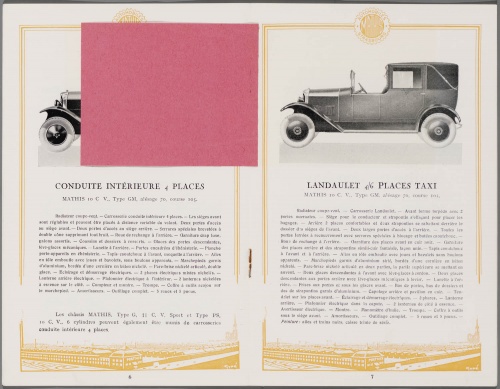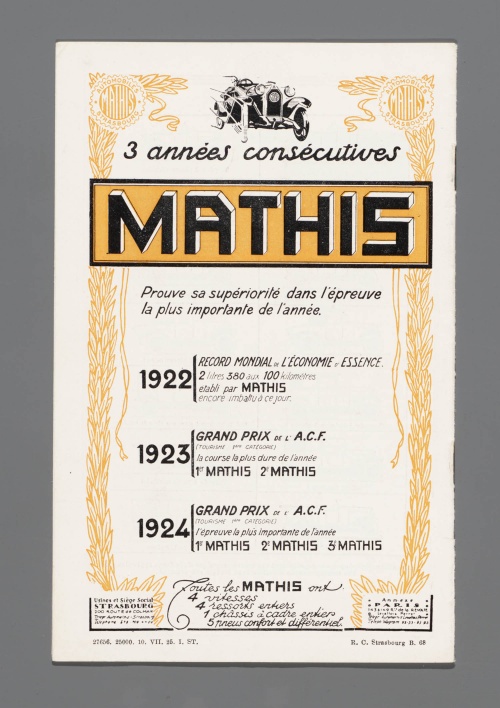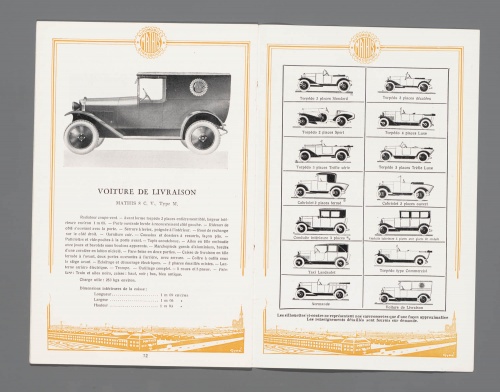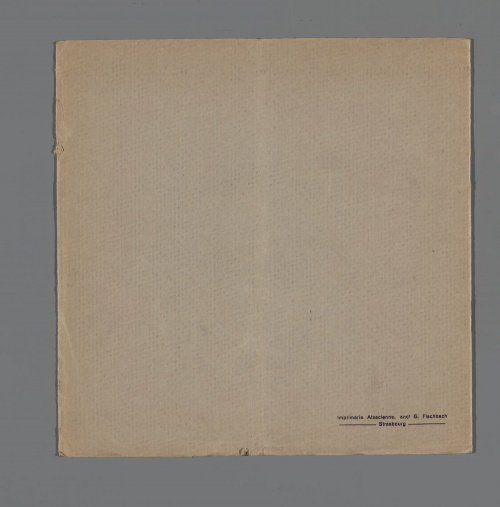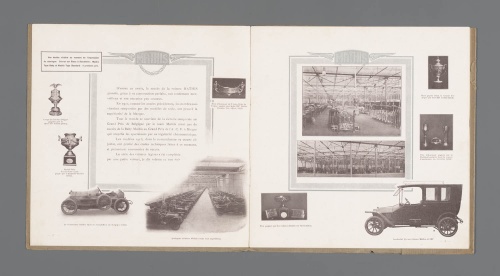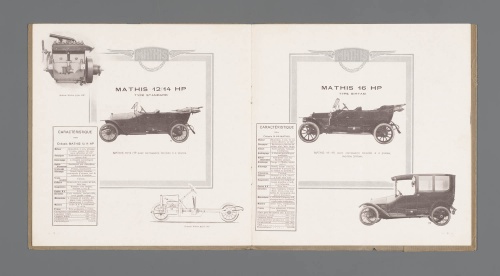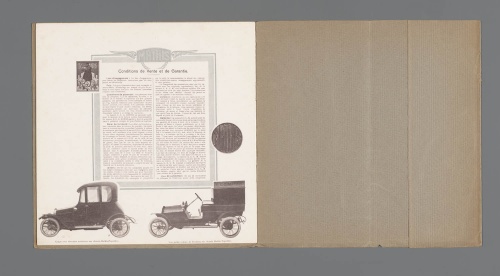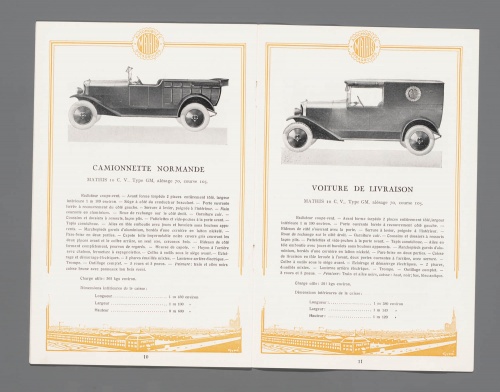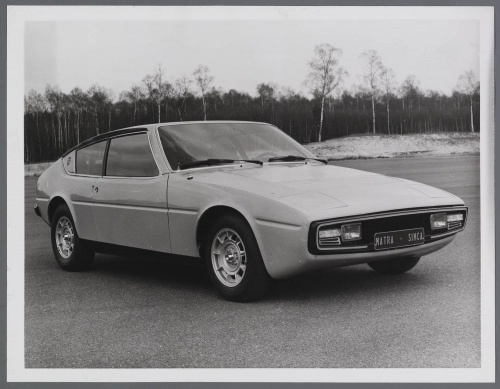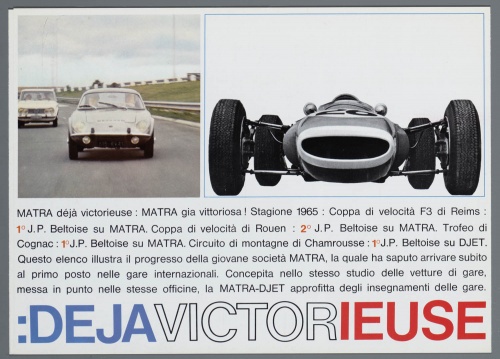Dutch Automotive History (part 47) Marmon, Mathis, Matra, Mitsubishi, Morgan (107 photos)
Nordyke & Marmon Co. was founded in 1851. However, its debut took place only in 1902, when Howard Marmon built the first car on big wheels with an air-cooled V4 engine that had forced lubrication. In 1908, a prototype model appeared with a V8 engine producing 60 hp. The following year, Marmont released two quite powerful machines, “40/45HP” and “50/60HP”. However, until 1911, only one Marmont-32 with a 5.2-liter 4-cylinder engine and a gearbox in a block with a rear axle went on sale.
"Marmon Wasp" (Wasp) was created specifically for racing and was equipped with a powerful 6-cylinder engine. In 1911, he won the first 500-mile race in Indianapolis. In 1914, a more powerful model “48” with a 6-cylinder engine of 9383 cm3 was added to the “Marmont-32”. Two years later, the Marmon-34 appeared with a 6-cylinder overhead valve engine with an aluminum block with a displacement of 5565 cm3. Constantly modernizing, it was produced for 11 years in parallel with the Little Marmon model, equipped with an inline 8-cylinder engine of 3115 cm3.
From 1928 to 1931, Marmont produced only top-class cars with 8-cylinder engines. Among them, the most popular was the Roosevelt model, which was sold at a more affordable price. In 1931, Marmont created its most famous car with an 8.7-liter V16 engine made from light alloys. However, this car turned out to be too expensive. A year later, its version with a V-shaped 8-cylinder engine appeared, which also failed to gain a foothold in the market. At the same time, they built a prototype with a central tubular frame and a V12 engine, but the company soon stopped producing passenger cars and limited itself to producing trucks. Until now, Marmont produces quite prestigious trucks in the USA.
=====================================================
At the beginning of the century, Emile Mathis from Strasbourg, in Alsace, Germany, was engaged in the sale of FIAT, De Dietrich and Panhard-Levassor cars. He got involved in car manufacturing by ordering the young Ettore Bugatti a 90-horsepower Hermes racing car, also known as the Hermes-Simplex. Soon after this, Mathis began assembling cars under license from the German “Stoewer” with engines of 2.0 and 2.2 liters.
The first simple minicar, the Babylette, with an engine displacement of 951 cm3, appeared in 1913 and was designed in the style of the famous Bugatti 13. In 1914, “Matis” already produced several models, including “Baby” with an engine of 1327 and 1406 cm3 in a block with a gearbox, two cars with engines of 1850 and 3453 cm3, as well as a solid “Matis” -Knight" with a valveless 4.4-liter engine and spool valve timing.
After the war, Alsace again became part of France, and soon production at the small Mathis company increased so much that it took 4th place among French automakers.
=====================================================
The well-known brand "Matra" is an abbreviation of the full name of the aircraft engineering company "Mechanique-Aviation-Traction", a former member of the CAPRA consortium, organized before the war to intensify work in the aviation industry. In 1942, the consortium received the name "Matra". After the war it became a leading manufacturer of guided missiles, and had one of the largest space research centers in France. In 1965, the Matra company began to take part in the development of sports cars "Rene Bonnet" with Renault engines.
The first model of this company was the sports Matra-530 with a rather weak Ford V4 engine and a body shape unusual for its time. It was almost never in demand, but today it is a desirable purchase for many lovers of rare cars. As a result of the signing of a cooperation agreement with the Chrysler concern and the SIMCA company in the early 70s, they released the sports Bagheera with a plastic 3-seater coupe body, which gained notoriety due to frequent breakdowns .
At the end of the 70s, a utility vehicle with an original appearance, the Matra-SIMKA Rancho, appeared with an engine with a displacement of 1442 cm3, reminiscent of an off-road vehicle. In 1980, production of the sports "Murena" with a central engine position began, which, like the "Rancho", was produced until 1984. In the same year, the automobile production of the Matra company became part of the Renault company, and its plant began producing the single-volume Espace station wagon.
=====================================================
The Japanese engineering company Mitsubishi made its debut in the automotive world in 1917, starting production of the passenger model "A" - a copy of the Italian FIAT Zero.
). We managed to sell 20 of these machines. Since 1921, the company produced buses and trucks, and in 1934 it produced several samples of Japan's first all-wheel drive passenger car, the RX-33.
After World War II, it took Mitsubishi almost a decade to rebuild its destroyed plants. In 1959, the company again began producing passenger cars. A mini 4-seater sedan with a 500 cm3 2-cylinder air-cooled engine was launched on the market. In the 60s, the program was based on models that are still known today - the miniature Minica with an engine displacement of only 356 cm3 and the subcompact Colt, which was then offered with a two-stroke engine with a power of 41 hp.
In the 70s, Mitsubishi produced more respectable cars with engine capacities of 1088 and 1189 cm3. At the same time, the middle-class sedan "Talent" (Galant) appeared, which, by agreement with the American concern Chrysler, was sold in the USA under the Dodge brand. In 1973, the popular Lancer car was created on the basis of Colt. "(Lancer) with an engine displacement of 1.2-1.5 liters. In 1977, the executive car "Debonair" with an automatic transmission was released. The middle class was replenished with the "Celeste" model, which was later joined models "Sigma" (Sigma) and "Lambda" (Lambda) with 2-liter engines that had overhead camshafts. In 1978, the "Sapporo" car appeared with independent spring suspension of the front and rear wheels. In the same year " Mitsubishi has released a front-wheel drive passenger car, the Mirage, with a transverse engine. In the 1980s, the Mitsubishi program was based on three popular models: the 3-door Colt, the 4-door Lancer, and the middle-class Talent. During this decade, the company actively developed its program, built new enterprises in Japan and abroad, and successfully participated in rallies and intercontinental runs.
Today Mitsubishi produces a wide range of passenger cars of almost all types and for any purpose.
=====================================================
Before Henry Frederick Stanley Morgan became an automobile designer, he was the owner of a motorcycle and car shop. In 1909, Morgan built a small three-wheeled car, which was destined to become the cradle of the Morgan company. Surprisingly, all Morgan three-wheeled carriages for the entire period of their production (until 1950) had the same type of chassis design with a tubular frame and a front axle with steered wheels.

